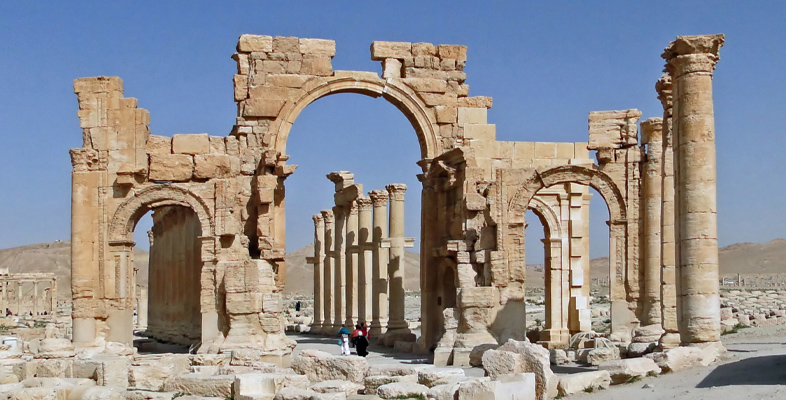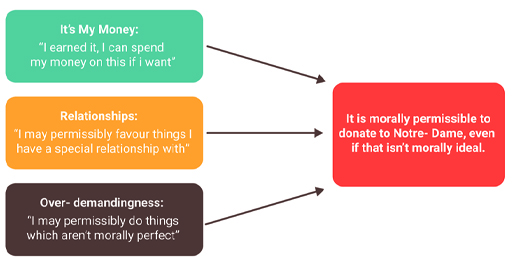2.2 The ‘It’s my money’ response (part 2)
The points made in Section 2.1 support people’s right to spend their money on the restoration of Notre-Dame if they choose. Yet the core premises of both the cost-effectiveness and the humanitarian arguments could still be true. What the arguments in Section 2.1 claim is that even if Notre-Dame’s restoration is not a cost-effective use of money, and even if a human life is worth more than preserving a historic building, people might still be entitled to donate their money to Notre-Dame.
The central claim and its supporting points assert people’s right to donate to non-ideal charitable causes (Figure 12). Some of these assertions are somewhat controversial in philosophy. However, if successful, these moves may provide a moral defence for the choice to donate to Notre-Dame instead of helping human beings.

